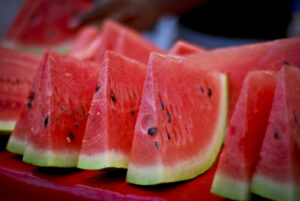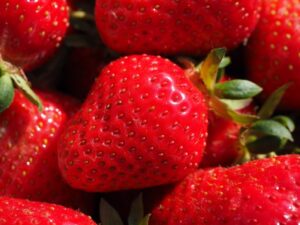If you’re looking to lose weight, maintain a healthy lifestyle, or simply add more nutrient-rich foods to your meals, you’ve probably come across the concept of “zero-calorie” or “negative-calorie” foods. While no food can truly provide zero calories, some options come impressively close—especially when you factor in the energy your body uses to digest them. These foods are typically high in water and fiber content, making them both hydrating and filling. They also tend to be rich in vitamins, minerals, and antioxidants, which can support overall health.
In this article, we’ll explore 12 delicious foods that contain almost zero calories. From crunchy vegetables to hdrating fruits, each item can help keep you satisfied without piling on the calories. Whether you’re trying to myanage your weight or simply want to eat more nutrient-dense foods, these options can give you a boost of vitamins and minerals without derailing your daily calorie goals.
1. Celery
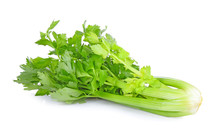
Why It’s Almost Zero-Calorie:
Celery is often the first food that comes to mind when discussing “negative-calorie” options. A typical 100-gram serving of celery has about 14 calories, making it incredibly low in energy density. The high water content—up to 95%—helps keep you hydrated, while its natural fiber content can support digestion and overall gut health.
Nutritional Highlights:
- Vitamin K for bone health and blood clotting
- Some vitamin A, vitamin C, and folate
- Electrolytes (like sodium and potassium) that support fluid balance
Tasty Ways to Enjoy:
- Pair celery sticks with hummus, peanut butter, or a low-calorie dip.
- Dice it and add to soups, stews, or stir-fries for extra crunch and flavor.
- Use thinly sliced celery in green salads for added texture.
2. Cucumber
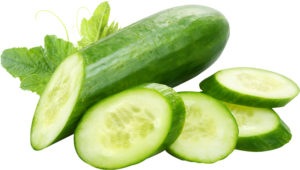
Why It’s Almost Zero-Calorie:
Cucumber is composed of about 96% water, making it one of the most hydrating foods around. A 100-gram serving contains roughly 15 calories. Cucumbers also provide a mild, refreshing flavor that pairs well with countless dishes.
Nutritional Highlights:
- Vitamin K to support bone health
- Small amounts of vitamin C for immune support
- Some antioxidants like beta-carotene
Tasty Ways to Enjoy:
- Toss sliced cucumbers into salads or add them to sandwiches.
- Make cucumber-infused water for a refreshing drink.
- Spiralize cucumbers as a low-carb alternative to noodles.
3. Lettuce
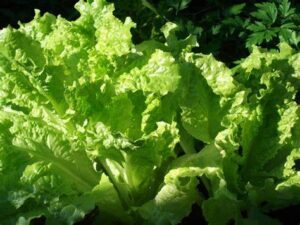
Why It’s Almost Zero-Calorie:
Lettuce is the quintessential salad base, and for good reason. Depending on the variety, it typically contains between 14 and 17 calories per 100 grams. This leafy green is primarily water, making it extremely low in calories but still satisfying when combined with flavorful toppings and dressings.
Nutritional Highlights:
- Vitamin A for eye health
- Vitamin K for blood clotting and bone strength
- Trace amounts of calcium and iron
Tasty Ways to Enjoy:
- Use lettuce as a wrap instead of tortillas for a low-carb meal.
- Mix different varieties (romaine, iceberg, butterhead) to add texture and nutrients to salads.
- Chop lettuce finely to top off tacos or burritos with a crisp touch.
4. Zucchini
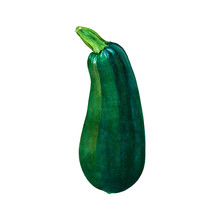
Why It’s Almost Zero-Calorie:
Zucchini, also known as courgette, contains approximately 17 calories per 100 grams. It’s a versatile, mild-tasting vegetable that can be used in numerous recipes, from savory dishes to baked goods.
Nutritional Highlights:
- Good source of vitamin C and manganese
- Contains fiber to support digestion
- Low in carbohydrates, making it popular for low-carb diets
Tasty Ways to Enjoy:
- Spiralize zucchini to create “zoodles,” a low-calorie pasta substitute.
- Grill or roast sliced zucchini with a drizzle of olive oil and herbs.
- Add grated zucchini to muffins or bread for extra moisture and nutrients.
5. Tomatoes
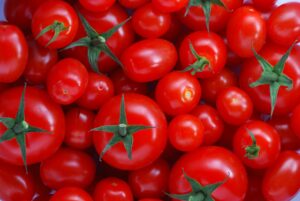
www.flickr.com/photos/the_ewan/
Why They’re Almost Zero-Calorie:
Tomatoes bring vibrant color and flavor to any meal. A 100-gram serving has roughly 18 calories, thanks in large part to their high water content. They are also packed with antioxidants, including the well-known lycopene, which has been studied for its potential benefits in promoting heart health.
Nutritional Highlights:
- Lycopene, a powerful antioxidant linked to reduced risk of certain chronic diseases
- Vitamin C for immune system support
- Vitamin A to help maintain healthy vision
Tasty Ways to Enjoy:
- Slice fresh tomatoes for a caprese salad with mozzarella and basil.
- Roast cherry tomatoes with olive oil and herbs for a sweet, concentrated flavor.
- Blend tomatoes with cucumbers and peppers to create a refreshing gazpacho soup.
6. Broccoli
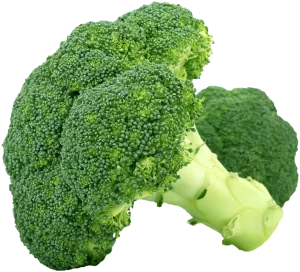
Why It’s Almost Zero-Calorie:
Broccoli may not be as low in calories as celery or cucumber, but it’s still considered a low-calorie food, coming in at about 34 calories per 100 grams. Thanks to its high fiber content and nutrient density, broccoli can help keep you feeling full and satisfied.
Nutritional Highlights:
- Rich in vitamins C and K
- Good source of folate and potassium
- Contains sulforaphane, a compound studied for potential cancer-fighting properties
Tasty Ways to Enjoy:
- Lightly steam broccoli florets and toss with lemon juice and garlic.
- Roast broccoli with a sprinkle of parmesan cheese.
- Add chopped broccoli to stir-fries for a nutrient-packed meal.
7. Asparagus
![]()
![]()
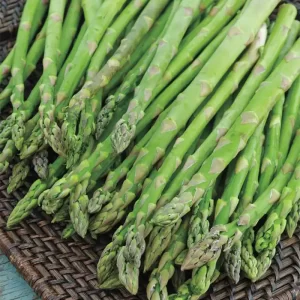
Why It’s Almost Zero-Calorie:
Asparagus is a springtime favorite that comes in at around 20 calories per 100 grams. Its distinct flavor and satisfying crunch make it a popular choice for health-conscious eaters looking for a nutrient-dense vegetable.
Nutritional Highlights:
- Good source of vitamin K
- Contains folate, important for cellular function
- Rich in antioxidants, including vitamin E and glutathione
Tasty Ways to Enjoy:
- Roast asparagus spears with olive oil, salt, and pepper for a quick side.
- Lightly steam or blanch and drizzle with lemon juice for a bright, refreshing taste.
- Wrap asparagus spears in thin slices of prosciutto for a savory appetizer.
8. Spinach
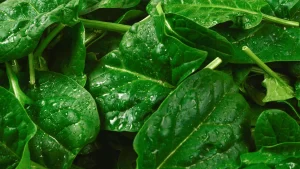
Why It’s Almost Zero-Calorie:
Spinach is a powerhouse leafy green with around 23 calories per 100 grams. Thanks to its soft texture and mild taste, it’s easy to incorporate into many dishes, from smoothies to salads and soups.
Nutritional Highlights:
- Packed with iron, which supports red blood cell function
- High in vitamins A and C for immune and eye health
- Contains folate, essential for DNA synthesis
Tasty Ways to Enjoy:
- Sauté spinach with garlic and olive oil as a quick side dish.
- Blend fresh spinach into smoothies or protein shakes for a nutrient boost.
- Use spinach instead of iceberg lettuce in salads for added vitamins and flavor.
9. Cauliflower
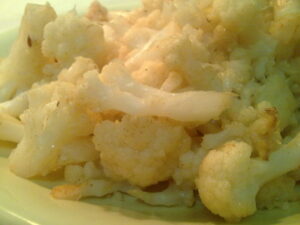
Why It’s Almost Zero-Calorie:
Cauliflower is often used as a low-carb substitute for rice or potatoes due to its mild flavor and versatile texture. With about 25 calories per 100 grams, it’s a smart choice for anyone watching their calorie intake.
Nutritional Highlights:
- High in vitamin C to support immune health
- Good source of vitamin K
- Contains antioxidants like glucosinolates
Tasty Ways to Enjoy:
- Mash cooked cauliflower as a healthier alternative to mashed potatoes.
- Roast cauliflower florets with turmeric or chili powder for a flavorful side dish.
- Transform it into cauliflower rice for low-carb stir-fries or burrito bowls.


